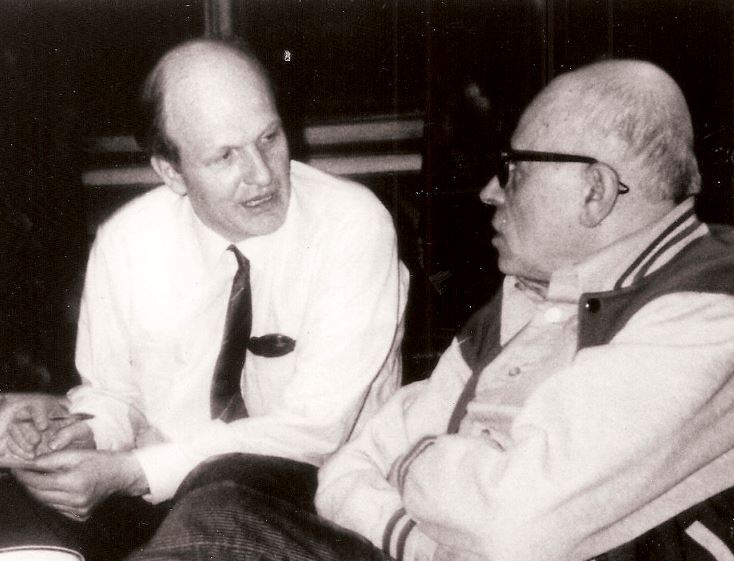FAS’s Contribution to Ending the Cold War Nuclear Arms Race

by Frank von Hippel
“When, at Jeremy Stone’s instigation, I was elected chair of the Federation of American Scientists in 1979, I had no idea what an adventure that I was about to embark upon. This adventure was triggered by President Reagan taking office in 1981 and resulted in FAS making significant contributions to ending the U.S.-Soviet nuclear arms race and the Cold War. This was not the President Reagan we remember now as the partner of Mikhail Gorbachev in ending the Cold War. This was a president who had been convinced by the Committee on the Present Danger that the United States was falling behind in the nuclear arms race and was in mortal danger of a Soviet first nuclear strike…”
Satellite imagery has long served as a tool for observing on-the-ground activity worldwide, and offers especially valuable insights into the operation, development, and physical features related to nuclear technology.
This report outlines a framework relying on “Cooperative Technical Means” for effective arms control verification based on remote sensing, avoiding on-site inspections but maintaining a level of transparency that allows for immediate detection of changes in nuclear posture or a significant build-up above agreed limits.
The grant comes from the Carnegie Corporation of New York (CCNY) to investigate, alongside The British American Security Information Council (BASIC), the associated impact on nuclear stability.
Satellite imagery of RAF Lakenheath reveals new construction of a security perimeter around ten protective aircraft shelters in the designated nuclear area, the latest measure in a series of upgrades as the base prepares for the ability to store U.S. nuclear weapons.